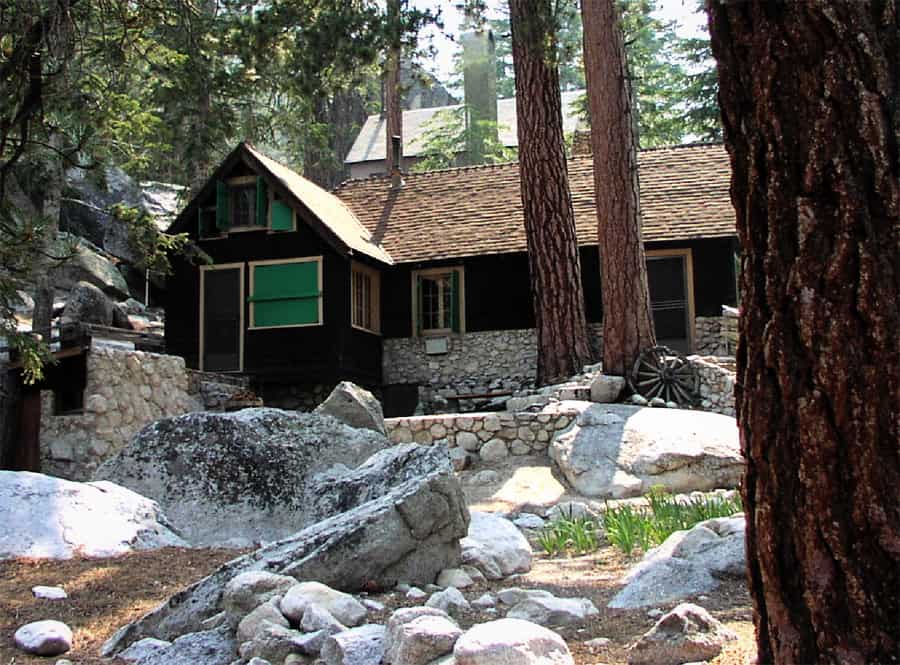Federal land managers say they must balance commercial use with protection of public forests, which serve as watersheds and as habitat for wildlife. But this is causing conflict with people who make their living by delivering machines to increasingly savvy consumers of mountain recreation experiences.
“It’s killing me,” said Scott Wilson, owner of Colorado Backcountry Rentals. Wilson rents 20 sleds in the winter and 15 ATVs in the summer — a business he established in 2004. His five-employee company offers to supply “your ride” at any season in places “where you will ride unguided through the backcountry of the Colorado Rockies.”
Now, after receiving a letter at the height of the summer season that declares him “in violation” and orders him to “immediately stop,” Wilson is preparing a legal challenge.
For years, he has been consulting with federal forest and highway authorities about the legality of his operations and seeking permits.
But federal rangers, corresponding with Wilson’s attorney, Lee Gelman, last week maintained their position that Colorado Backcountry Rentals’ operations on Vail Pass and at the Tiger Road area in Summit County “are not authorized activities.”
Federal foresters “keep using the word ‘unauthorized’ — and, to that, I say, ‘bull,’ ” said Wilson, who moved to Colorado from Texas in 2001 and serves as the linebackers coach of the Summit High football team.
“When you have thousands of people going out into forests, how do you regulate that? I get that. They are doing their job,” he said. “But why not give me a permit? You can limit my user days.”
Restricting rentals
The mountain-bike rentals in Summit and Eagle counties are expanding by 10 percent a year, with more than a dozen companies delivering bikes and offering shuttle transport to forest trailheads, Pioneer Sports manager Jeremy Mender said. Beyond Vail Pass descents, Pioneer offers “full-suspension mountain bikes” so that visitors can “enjoy a variety of single-track trails” around Summit County.
“If you put a cap on that, you would be putting a cap on the whole community as far as tax revenue is concerned,” Mender said.
Restricting the trailhead rentals is complicated because federal managers of the White River National Forest, which covers 3,571 square miles, already have issued 200 permits for other commercial activities ranging from skiing to guided mushroom hunting. About 154 permits have been issued to outfitters that rent equipment and provide guides who accompany visitors.
“It makes sense to me why people would be looking at rentals,” said David Neely, the ranger in the forest’s Eagle- Holy Cross district.
But there’s a downside, Neely said, because the vehicle deliveries at trailheads “place somebody who may never have engaged in that activity on a fairly powerful machine.”
Decision time
A decision will be be made this fall on forest commercial capacity for rented snowmobiles, Forest Service officials said. A decision on summer use of ATVs and mountain bikes will require more time, they said.
Forest officials told Wilson’s attorney they began work this summer with a university to gather data to help determine “a summer-season commercial capacity” for areas accessible from the Vail Pass summit.
A key factor, said Rich Doak, the recreation-policy specialist for the forest, is the growing movement for “quiet use” by limiting motorized vehicles such as ATVs.
“The quiet-use issue is popping up everywhere,” he said.
Doak said rental operations are likely to be limited, perhaps to only companies that send guides with their vehicles.
“We’re in the process of determining what the capacity is up there,” he said. “I’m not positive that we’re going to do rental operations up there. It may be guided. It may be not at all.”
Federal data show that the numbers of visitors in Rocky Mountain forests have reached 32 million a year. The crowds are growing by about 4 percent a year, with 8.4 percent of visitors relying on ATVs or other personal motorized vehicles, said Chris Sporl, acting director of recreation, heritage and wilderness resources at Forest Service regional headquarters in Denver.
Three national forests in Colorado rank among the nation’s six busiest, Sporl said. The White River National Forest draws 9 million people a year.
Since 2005, forest managers have worked at creating sustainable designated routes for motorcycles and ATVs in forests — trying to make sure this use is compatible with forest soils, the need to prevent erosion and other users’ interests.
“One of the things we’re focusing on is restoring and adapting recreation settings. We’ve got areas that have been loved to death,” Sporl said. Future projects will restore heavily used areas “back to where they need to be, back into balance with the ecosystems.”
“We’re constantly dealing with changing recreation opportunities over time,” he said. “We look at how to adapt.”
Freedom to drive
Meanwhile, Wilson is trying to adapt. Last week, he dropped off a load of ATVs in mountains north of Breckenridge, along Tiger Road, for a family from Texas and two newlyweds, fresh from safety seminars and crowned with bright, shiny helmets.
Wilson sent them on their way with some trepidation. Summit County officials who oversee some land in the area have notified Wilson that they share federal land managers’ concerns about unauthorized commercial ATV- and snowmobile-rental operations.
The Texans told Wilson they had previously rented ATVs for unguided riding near Durango and loved it.
The appeal, 52-year-old Jon Jobe said, “is to have freedom to drive around and see things you want to see when you want to see it.”
As these smiling visitors rolled out on their vehicles, Wilson turned to his ringing cellphone. It was a sheriff’s deputy calling. Private-property owners nearby had complained about Wilson’s drop-offs and staging on that road. “You gotta leave,” the deputy said.
Stone-faced, Wilson gulped.





